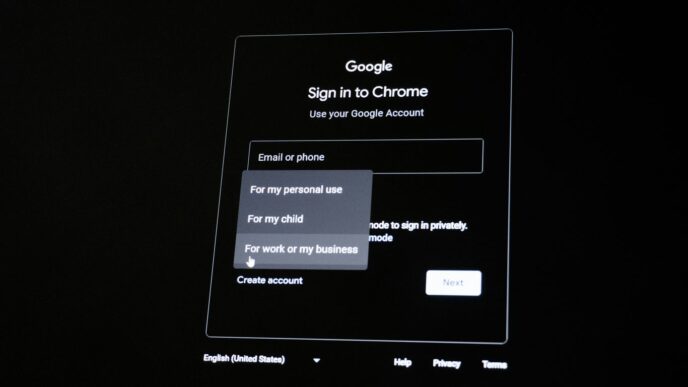As artificial intelligence captures headlines and investment dollars, one central question lingers: what exactly are AI companies building, and why are they spending billions without offering clear answers?
For business leaders, the real concern isn’t whether AI is “hype” or not. Instead, the issue is whether the extraordinary amount of money flowing into AI is creating measurable value. The reality is that, for many companies, there’s little proof of return on investment.
The Value Question
Executives across industries—from finance to healthcare—are under pressure to integrate AI into their operations. But while AI pilots and experiments abound, translating these initiatives into profit remains elusive. Reports show that despite soaring investment, a large share of businesses can’t point to a direct ROI from AI adoption.
This has led to skepticism. Are companies chasing AI for tangible benefits, or simply to signal innovation to shareholders and customers?
Shane Tepper, an entrepreneur and AI expert, believes the problem isn’t hype—it’s misapplication.
“My take is that AI isn’t overhyped so much as it’s often misapplied. The winners will be the ones who approach adoption with discipline, clarity, and a focus on outcomes. And while Altman predicts that ‘someone is going to lose a phenomenal amount of money,’ it won’t be the companies using AI to do real work better, it’ll be those waiting for AGI to solve problems they haven’t even defined yet.”
The FOMO Factor
The fear of missing out—often called “FOMO”—is playing a larger role than strategy in how companies spend their AI budgets. Leaders, eager not to be left behind, may commit significant resources without a clear roadmap for value creation.
FOMO, according to Tepper, could be holding businesses back more than helping them.
“The McKinsey stat that 80% of businesses see ‘no significant bottom-line impact’ isn’t an indictment of AI; it’s an indictment of how they’re deploying it. Too many companies chase ‘AI adoption’ for optics or fear of being left behind, rather than aligning tools to real business needs.”
This creates a paradox: companies are investing heavily, but because projects are poorly scoped or not aligned to core challenges, the returns fail to materialize. Meanwhile, smaller firms with fewer resources often take a more cautious approach and end up seeing clearer results.
Billions With Few Benchmarks
Analysts estimate that global spending on AI will surpass half a trillion dollars annually in the next few years. Yet the benchmarks for success remain fuzzy. Unlike past waves of technological adoption—such as the move to cloud computing or mobile-first strategies—AI lacks universal metrics for measuring performance and value.
For example, a bank might deploy AI to analyze transactions in real-time, reducing fraud. That delivers measurable returns. But another company might invest in customer-facing chatbots that provide little more than automated FAQs—costly systems with minimal impact. Without consistency in use cases, investors and boards find it difficult to assess which AI bets are truly transformative.
The Road Ahead
As AI moves deeper into corporate strategies, clarity around goals and outcomes will become more critical. Experts like Tepper argue that companies must resist chasing headlines and instead focus on practical deployments that solve existing problems. That means asking hard questions:
- What business problem is this AI solution designed to fix?
- How will success be measured—cost savings, productivity, revenue growth, or customer satisfaction?
- Can the system be maintained and improved without spiraling costs?
The answers to these questions could determine whether today’s AI boom becomes tomorrow’s bubble.
For now, the market is defined by experimentation, hype, and uneven results. Some businesses are seeing real transformation, while others are watching budgets drain with little to show. What’s clear is that AI’s promise is not in dispute—but how companies reach it will decide who wins and who wastes billions.














